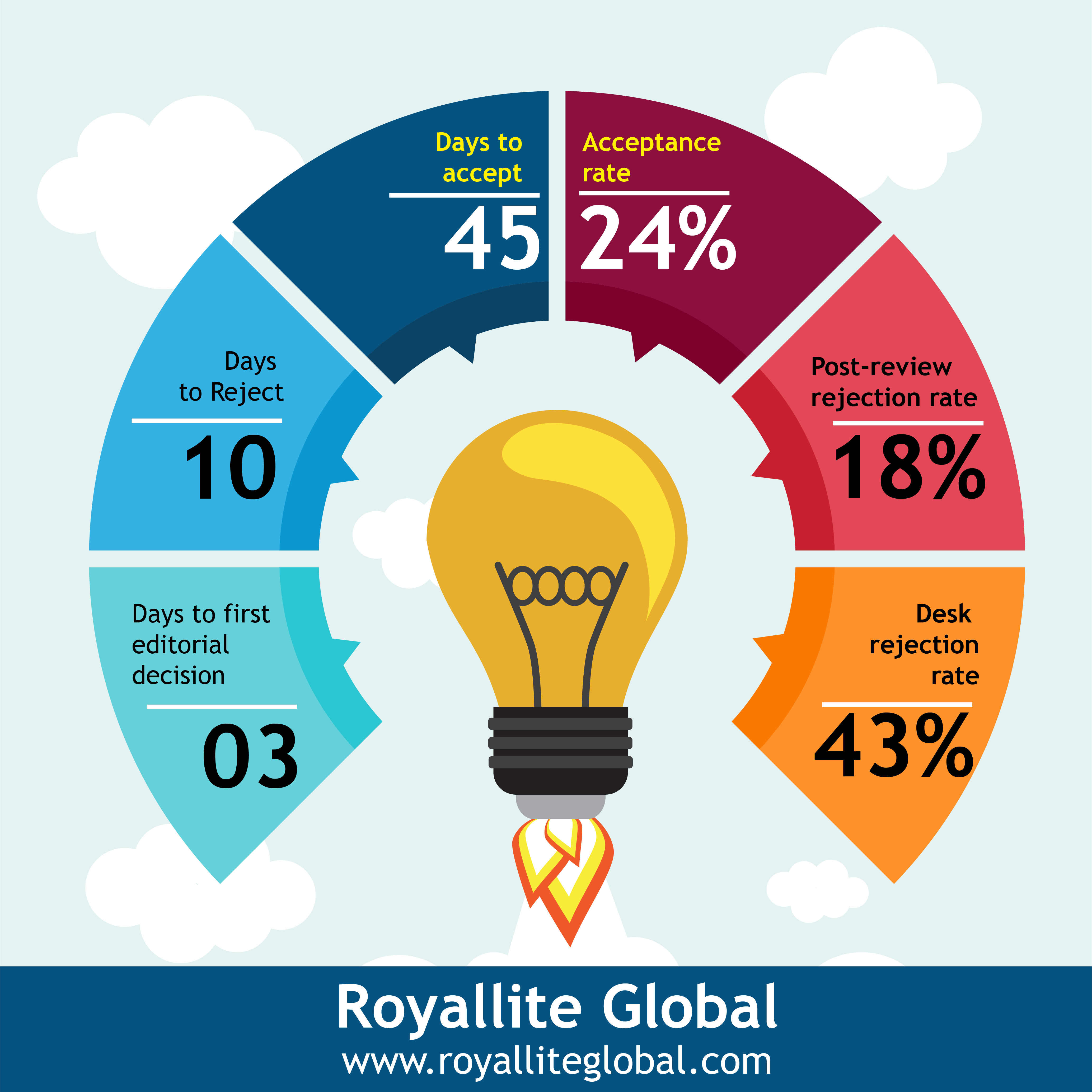The speech sounds, syllable structure and tone system of a less-studied West African language, Lɛtɛ
Keywords:
Lɛtɛ; phonology; vowels; consonants, syllable; toneAbstract
Aim and Focus: The paper describes the speech sounds, syllable structure and tone system of a less-studied, West African language, Lɛtɛ. Lɛtɛ is a South-Guan language of Ghana, West Africa, and genetically affiliated to the Niger-Congo family of languages. Eberhard, Simons and Fennig (2019) sub-classifies Guan (Niger-Congo, Kwa) into two language clusters: North Guan and South Guan, to which Lɛtɛ belongs.
Findings: Lɛtɛ has a symmetrical set of nine vowels, 4 front vowels produced with an advanced tongue root position and four back vowels produced with a retracted tongue root position. The ninth vowel is a low central vowel, /ǝ /, which is produced with an advanced tongue root position, but unpaired. Its vowel and consonant systems are akin to those of related African languages.
Designs and Methods: The study was purely field-based. Data were collected through elicitation from language speakers who resided in the speech community. Speech sounds and tone patterns were audio recorded and later transcribed and analysed.
Implications/Conclusion: Tongue root vowel harmony controls vowel distribution to a large measure. A single syllable may be constituted by a vowel, a consonant followed by a vowel (CV), or a nasal consonant. The lexical tone helps to distinguish meaning, whereas the grammatical tone functions to mark tense and aspectual distinctions. It was observed that in many respects, aspects of Lɛtɛ phonology described are akin to other Kwa languages in the Niger-Congo family.
References
Brokensha, D. (1966). Social Change at Larteh, Ghana. Oxford: Clarendon Press.
Clements, G. N. (2000). Phonology. In Bernd Heine & Derek Nurse (eds.). African Languages. An Introduction. 123-160. Cambridge: Cambridge University Press.
Dolphyne, F. A. (2006). The Akan (Twi-Fante) Language. Its sound systems and Tonal Structure. Accra: Ghana Universities Press.
Eberhard, D. M., Gary F. S. & Charles D. Fennig (eds.) (2019). Ethnologue: Languages of the world. Twenty-second edition. Dallas: SIL International.
Ghana Statistical Service. 2012. 2010 Ghana Housing and Population Census. Accra.
Johnson, B. 1973. Language use at Larteh, Ghana. A sociolinguistic study of a bilingual community. Ph.D. Dissertation. Northwestern University.
Johnson, B.. 1975. Stable triglossia at Larteh. Patterns in language, culture and society: Sub-Saharan Africa. Ohio State University Working Papers in Linguistics 19, 93-102.
Leteh Phonology, Morphology and Syntax. http://ugspace.ug.edu.gh/handle/123456789/35274 [accessed: 2020-10-30]
Leteh Phonology, Morphology and Syntax. http://ugspace.ug.edu.gh/handle/123456789/35275 [accessed: 2020-10-30]
Leteh sounds system, syllable structure, tone and folktales. Texts and audio files. http://ugspace.ug.edu.gh/handle/123456789/36192 [2021-04-13]
Owu-Ewie, Charles. 2006. The language policy of education in Ghana: a critical look at the English-only language policy of education. In J. Mugane (ed.) Selected Proceedings of the 35th Annual Conference on African Linguistics 76-85. MA: Cascadilla Proceedings Project.
Downloads
Published
Issue
Section
License
Copyright (c) 2022 MERCY AKROFI ANSAH

This work is licensed under a Creative Commons Attribution-NonCommercial-ShareAlike 4.0 International License.
This open-access article is distributed under a Creative Commons Attribution (CC-BY) 4.0 license.
You are free to: Share — copy and redistribute the material in any medium or format. Adapt — remix, transform, and build upon the material for any purpose, even commercially. The licensor cannot revoke these freedoms as long as you follow the license terms.
Under the following terms: Attribution — You must give appropriate credit, provide a link to the license, and indicate if changes were made. You may do so in any reasonable manner, but not in any way that suggests the licensor endorses you or your use.
No additional restrictions You may not apply legal terms or technological measures that legally restrict others from doing anything the license permits.






